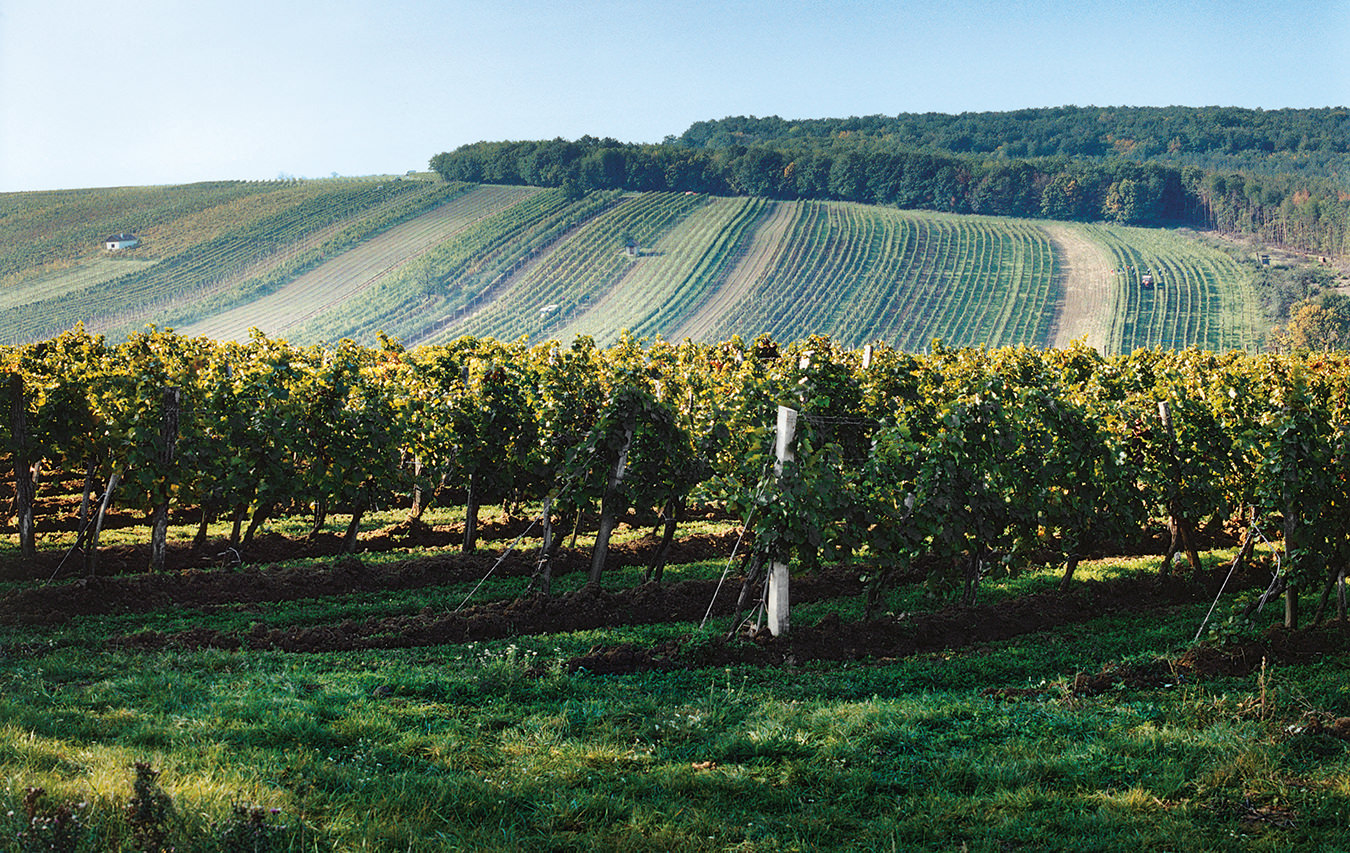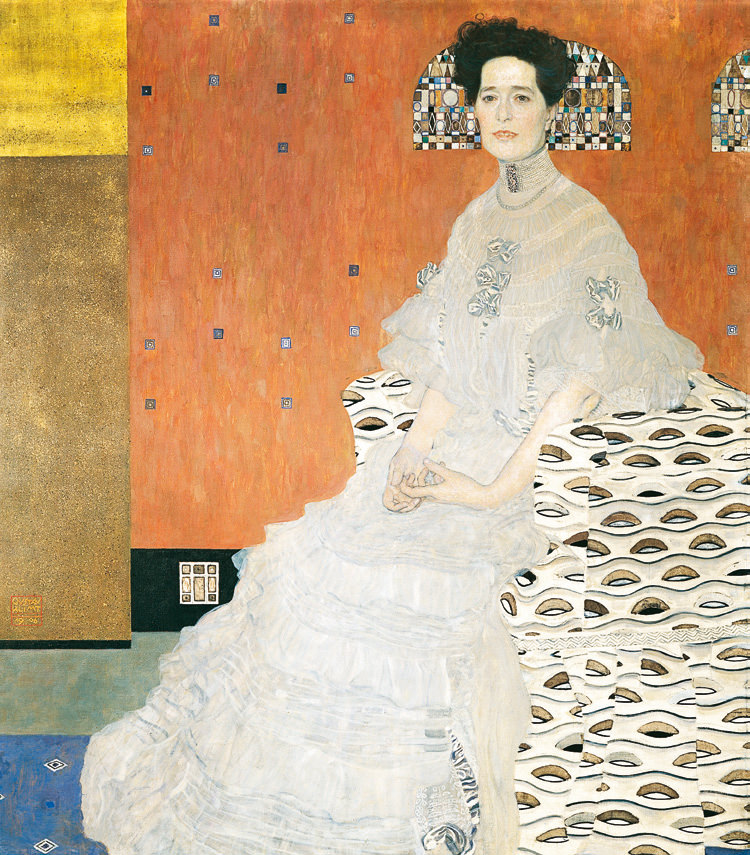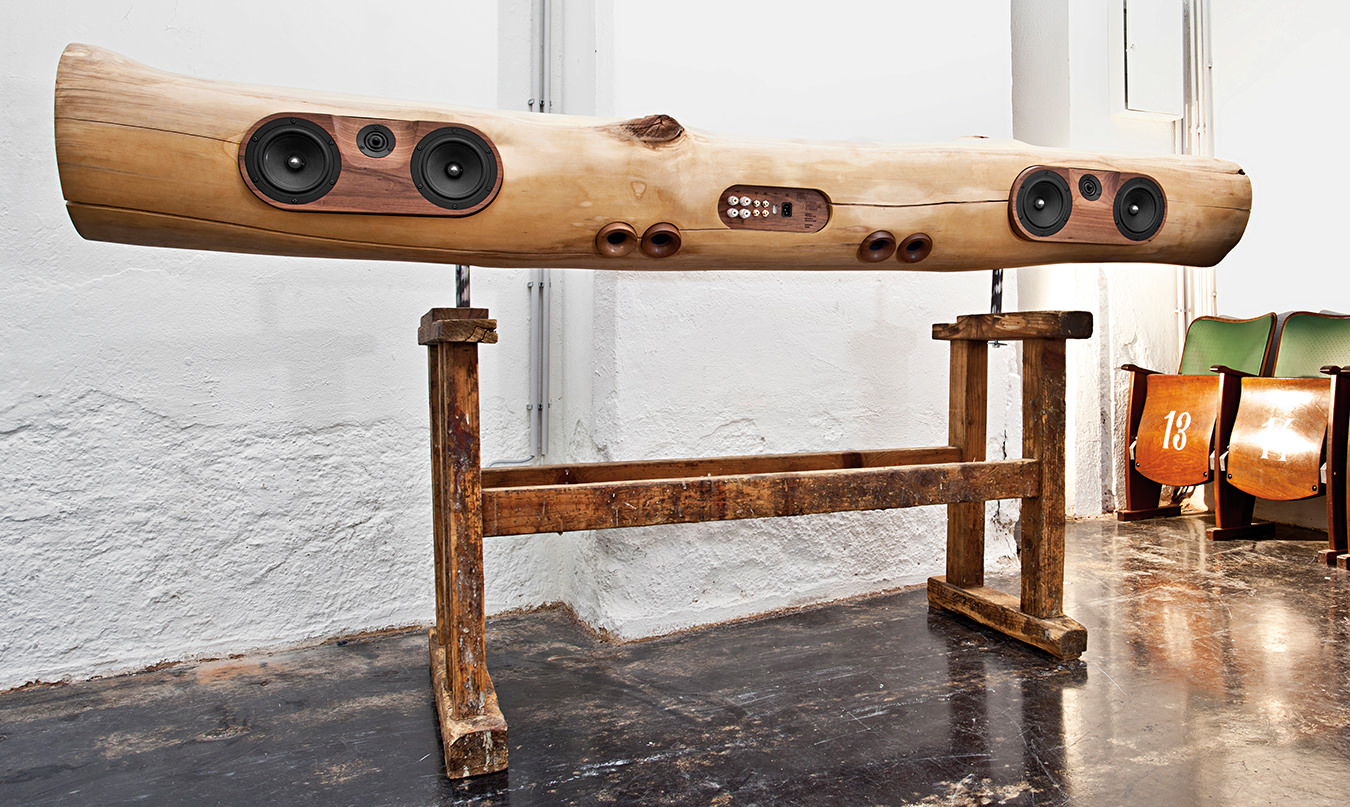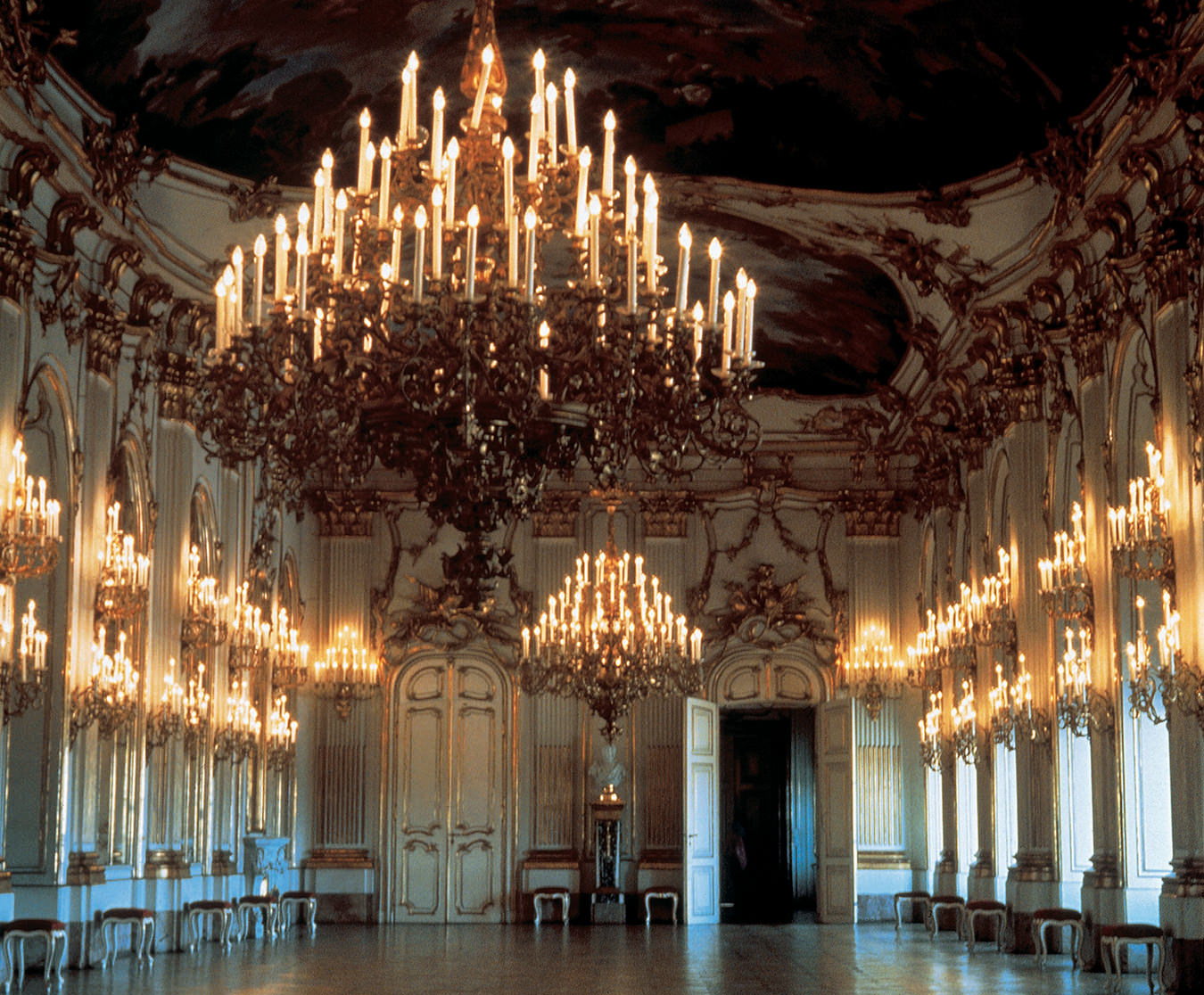Austria’s Wien Museum Reopens After a State-of-the-Art Expansion Project
When in Vienna.
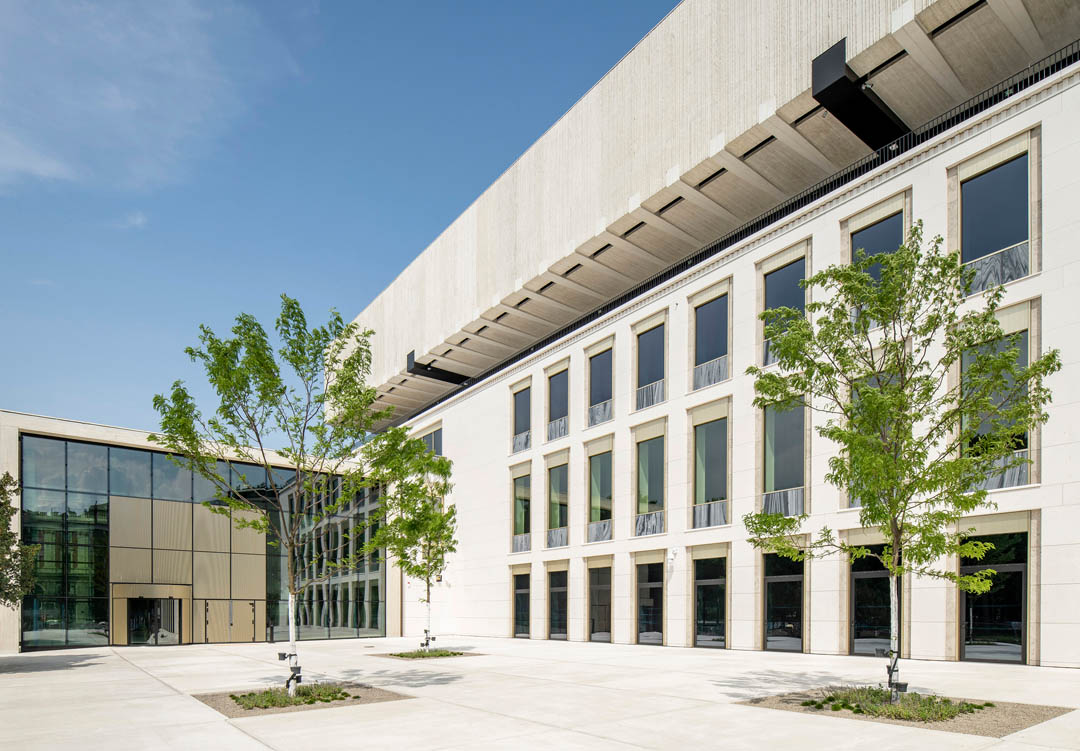
Photo by Kollektiv Fischka. Courtesy of Wien Museum.
When it comes to museums, Vienna can hold its own with the likes of Paris and London—the Austrian capital is home to more than 100 of them.
One of the most exciting developments in the city’s museumscape is the reopening of the Wien Museum on Karlsplatz after nearly four years of renovations. The Wien Museum comprises 17 sites dotted throughout the city, including residences of famous Viennese citizens such as Beethoven, Strauss, and Haydn, but the building on Karlsplatz is dedicated to Vienna itself. “We’re the museum of the City of Vienna, which means we collect anything and everything [related] to the history of the city,” says Regina Zebardjedan, a Vienna specialist with the museum. A visit is “a chronological walk-through of 2,000 years of Viennese history,” according to Zebardjedan.
The brutalist structure designed by Oswald Haerdtl in the 1950s has undergone a multimillion-euro refurbishment. (Visitor fees will not be what pays it off—following the British museum model, entry to the permanent exhibition is free.) Certov, Winkler + Ruck Architekten preserved the original building while adding a cube of exposed concrete that “floats” above the original building, held up by huge steel cantilevers. This creates an additional floor, doubles the square footage, and adds a modern edge to this museum of history.
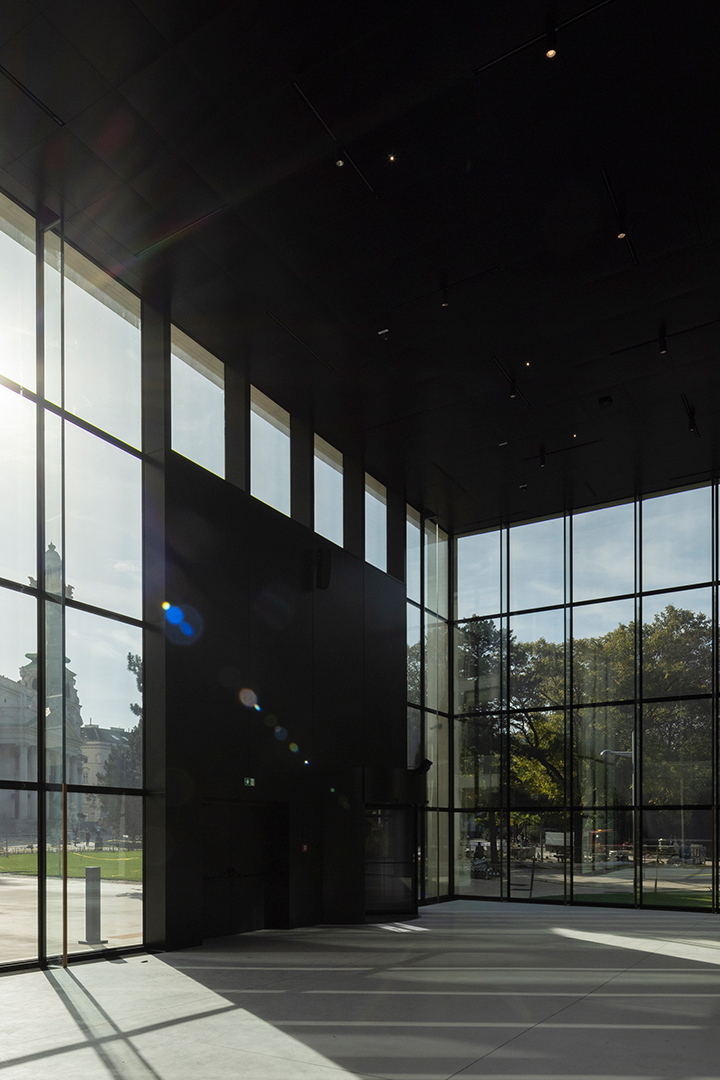
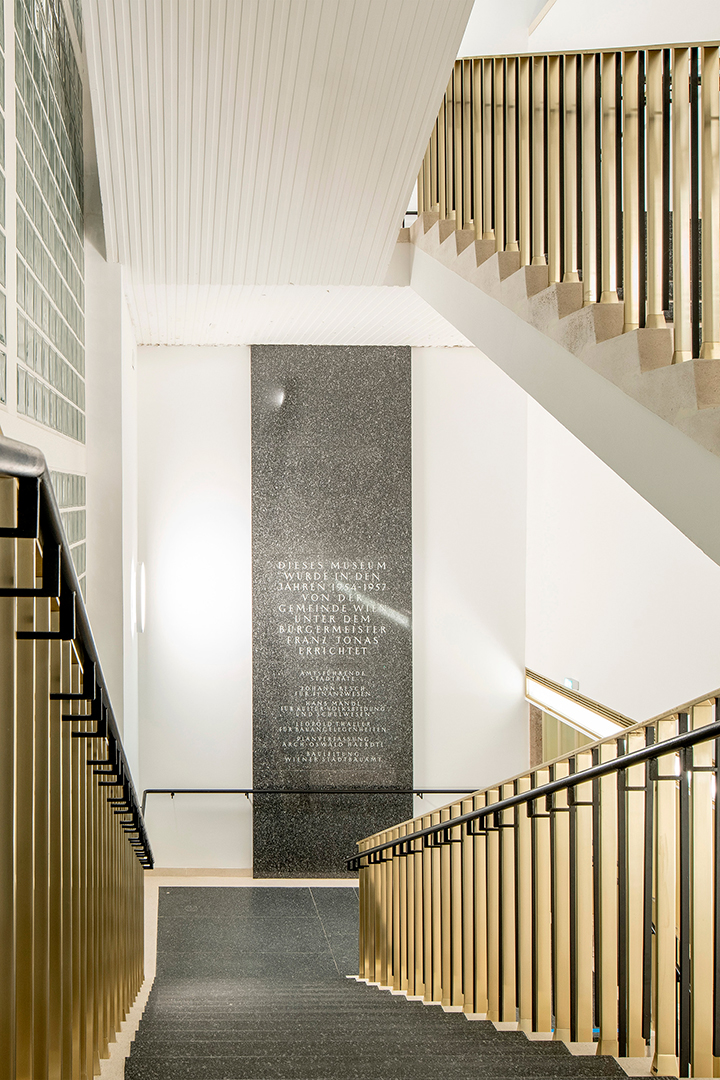
Inside, there are no sweeping staircases or ornate baroque columns. The permanent exhibition, Vienna. My History, is told in 13 chapters from the Paleolithic period to the present, spanning Roman encampments, the Habsburg Empire, Viennese modernism, the Second World War, Nazi Austria, and the fall of the Iron Curtain.
History is interwoven with art, design, and urban development, so there’s a bit of everything here, from artistic works by Gustav Klimt, Egon Schiele, and Richard Gerstl to the preserved façade of Otto Wagner’s Die Zeit offices and stained-glass windows from Stephansdom Cathedral.
Between the old and new structures is an expansive terrace with views of landmarks such as the Karlskirche, with its distinctive green dome. Vienna consistently tops lists as one of the world’s most livable cities due partly to its culture—a 2,000-year history brought to life.
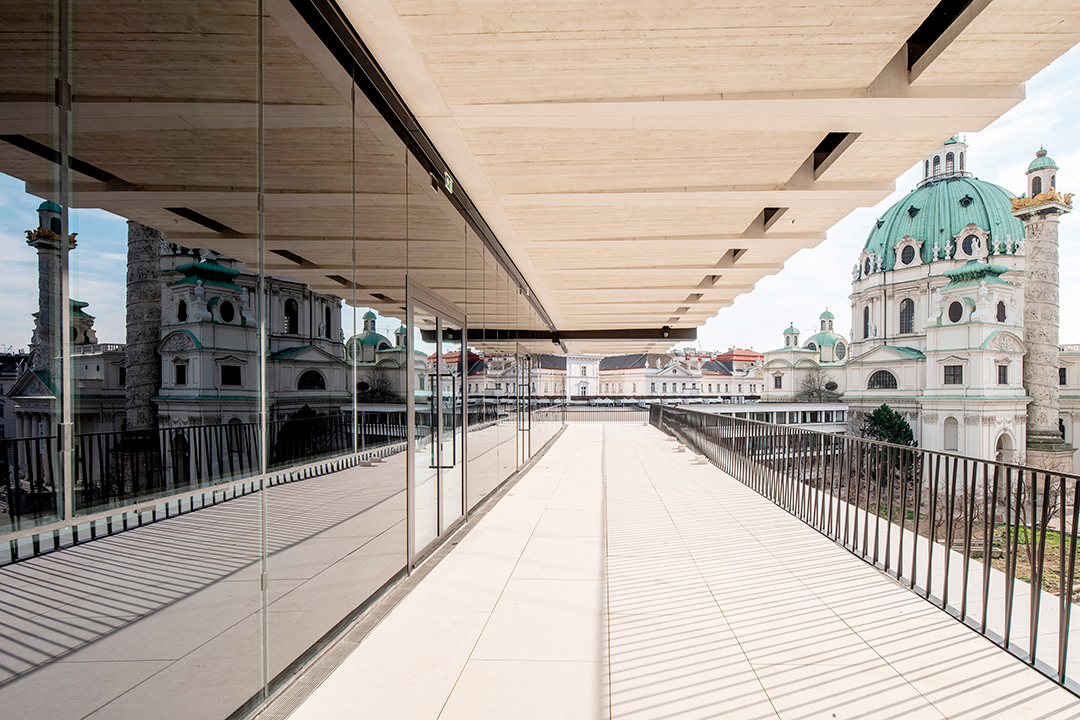

SIDEBAR: While you’re here
Stay: The legendary Hotel Sacher Wein first opened in 1876 and still retains its old-world charm, with lushly upholstered couches, gilt-leaf paintings and Lobmeyr chandeliers. Plus, this is where you’ll find the original Sachertorte, Vienna’s iconic chocolate cake with apricot jam filling.
Dine: At MAST, set in a historic townhouse, there’s nothing on the menu that requires a long journey from farm to fork. Rather, the focus is on seasonal Austrian products and organic wines, earning this wine bistro a Michelin green star.
Drink: For an after-dinner drink, Bar Pani sets the mood in a dark, cozy space, with Sardinian bar food and old-time jazz. Along with classic cocktails, owner Marco Pani—a well-established name in the Viennese bar scene—serves up his legendary creations, like Thai Massage.
Refuel: Stop for a mélange at a traditional Viennese coffee house, like Café Goldegg. You’re taken back to 1910, when the café was first established, with dark green upholstery, marble table tops, bentwood chairs, brass chandeliers and wood paneling.
Photography by Kollektiv Fischka. Photos courtesy of Wien Museum.

